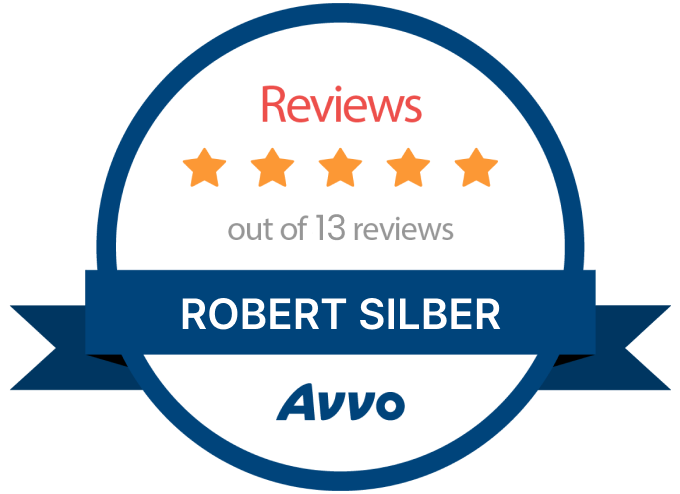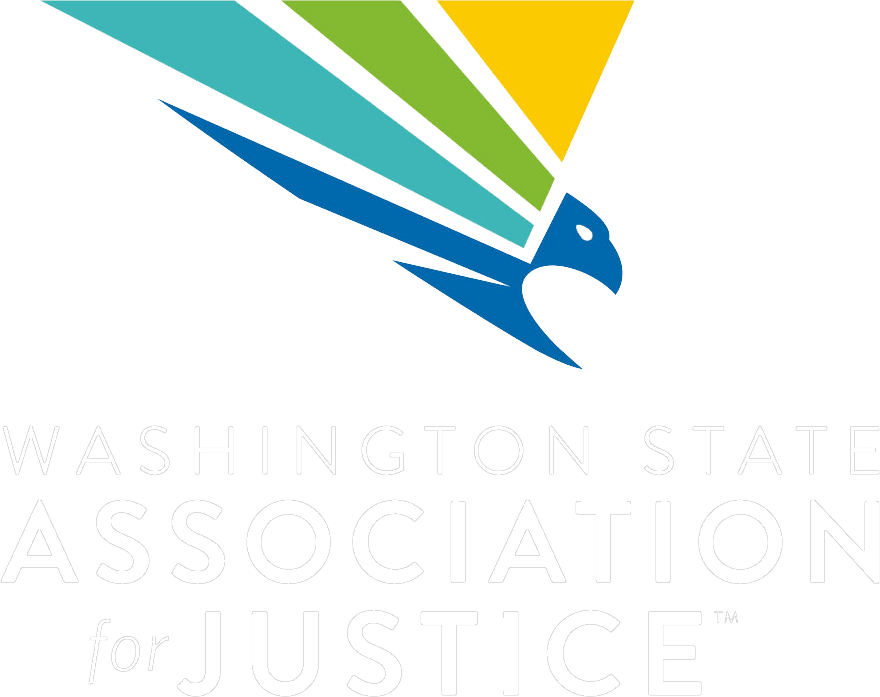Labor and Industries Frequently Asked Questions
What is workers’ compensation insurance?
The state of Washington requires all employers to provide workers’ compensation insurance to their employees. This is sometimes referred to as L&I insurance.
In the event an employee suffers an injury at work or develops an occupational disease, workers’ compensation insurance pays for necessary medical treatment, wage replacement pay (also known as time loss compensation), and other monetary benefits to enable the employee to receive treatment, recover from their injury, and return to work as quickly as possible.
Who is covered by workers’ compensation?
Workers’ compensation in Washington State is a no-fault insurance system. Consequently, all workers who are engaged in the employment of a Washington employer are covered by workers’ compensation regardless of who is at fault for the injury.
What is the difference between the Department of Labor and Industries and a self-insured employer?
In Washington State, most employers opt to have the Washington State Department of Labor and Industries administer their workers’ compensation program. Employers who participate in this program pay premiums into a state fund, and money from this account is then used to pay workers’ compensation benefits.
Certain employers, primarily large ones like Boeing, Walmart, and Costco, are allowed to “self-insure,” meaning they directly manage their workers’ compensation program and pay benefits out of their own funds rather than through state-collected premiums. Self-insured employers handle their own claims internally or through third-party administrators (TPAs).
However, even if an employer has been allowed to self-insure, they must nevertheless comply with workers’ compensation laws and are subject to oversight by the Washington State Department of Labor and Industries to ensure compliance with legal requirements.
What is the difference between an industrial injury and an occupational disease?
Washington State workers’ compensation covers both industrial injuries and occupational diseases. An industrial injury is defined as a sudden and traumatic event that occurs as a direct result of an accident in the workplace, which results in a medical condition that needs treatment. An industrial injury could occur from a fall, machinery accident, or being struck by something.
An occupational disease is defined as a medical condition that develops due to distinctive conditions of the worker’s employment. This could occur from repetitive motions or injurious exposure to chemicals or loud noise. Examples of an occupational disease are carpal tunnel syndrome, tendinitis, hearing loss, or chronic lung disease.
The same benefits are available to injured workers regardless of whether the workers’ compensation claim is filed for an industrial injury or occupational disease.
When should I apply for workers’ compensation?
You should apply for workers’ compensation as soon as possible after suffering a work-related injury or occupational disease. In Washington State, a worker has one year from the date of an industrial injury to file a claim with the Department of Labor and Industries (or, if applicable, their self-insured employer). A worker has two years to file an occupational disease claim. Despite these ample time allowances, it is nevertheless in the worker’s best interest to file the claim immediately after the injury or being diagnosed with an occupational disease to avoid any delay or potential denial of treatment and monetary benefits.
What benefits are available in a workers’ compensation claim?
Available workers’ compensation benefits in either an industrial injury or occupational disease claim include:
- Proper and necessary medical treatment including emergency care, surgery, diagnostic studies, labwork, physical/occupational/massage therapies, chiropractic treatment, and medication.
- Wage replacement benefits, otherwise known as time loss compensation
- Partial wage replacement benefits, otherwise known as loss of earning power compensation
- Vocational rehabilitation/retraining benefits including tuition, books, supplies, and travel
Permanent partial disability benefits for all impairments caused by an industrial injury or occupational disease - Total permanent disability benefits, also known as pension benefits
- Death benefits
- Compromised Resolution Settlement Agreement payment (under certain criteria)
- Travel reimbursement
- Prescription reimbursement
How do I file a workers’ compensation claim?
In order to file a workers’ compensation claim, you must see a healthcare provider and explain how your injury or illness is work-related. Ensure the healthcare provider completes an Accident Report or Application for Benefits, which the healthcare provider must send to the Washington State Department of Labor and Industries (or self-insured employer, if applicable).
Even though it is not legally necessary, you should also directly inform your employer that you suffered an injury or occupational disease at work and are filing a claim for benefits. Your employer may have separate forms for you to complete to document the injury or illness at work. Moreover, it is not uncommon for employers to fight a claim on the basis the employee never told them about it.
Be accurate on any forms you complete. Estimating or guessing the answer, especially about the “date of injury,” can lead to significant delays or even denial of your claim. Inaccurate information may also trigger a formal investigation, which is rarely in the injured worker’s best interest.
Retain a copy of the Accident Report or Application for Benefits that will have your claim number on it. If you do not receive a response from the Washington State Department of Labor and Industries (or your self-insured employer, if applicable) within a week to 10 days, you should contact L&I or your self-insured employer to confirm receipt of your claim to find out if any further information is necessary to process your claim.
Can you sue your employer for pain and suffering?
Not in your workers’ compensation claim. However, it is possible to have a third-party claim in addition to a workers’ compensation claim.
If your injury at work was caused by someone not employed by your employer, such as in the case on construction sites where multiple subcontractors may be present and the worker of one subcontractor causes injury to a worker of a different subcontractor, or in the case of a motor vehicle accident where the worker sustains an injury during a rear-end collision while driving in the course of his or her employment, the injured worker may have a third-party claim against the responsible driver. The injured worker has both a workers’ compensation claim under which he or she is eligible for benefits as well as a personal injury claim under which he or she can seek pain and suffering damages.
An attorney can help you determine whether you have a separate third-party claim in addition to your workers’ compensation claim.
What are your attorney fees? Are your fees the only money I should expect to pay for legal help?
Our attorney fees are based on a contingency payment arrangement. If we agree to represent you, our firm receives a percentage of the workers’ compensation monetary benefits we secure on your behalf. Our fee comes directly from the benefits secured. Significantly, if we do not secure benefits for you, you do not owe an attorney fee.
Generally speaking, there are no up front costs for which you are responsible unless investigation to strengthen evidence for your claim is necessary. For example, your attending physician might charge for his or her time for a medical-legal conference or deposition; this is a client cost and not an attorney fee. It is a charge from someone else. In certain cases, our firm may ask for you to deposit money in a trust account to enable us to pay such client costs. In other cases, our firm may be willing to “advance” the cost, i.e., pay the charge up front, but only with your agreement you will reimburse the firm either from your benefits or over time in installment payments.
Can you get my benefits for me?
If we agree to represent you, it is because we believe we can obtain benefits to which you are legally entitled but have been denied. We do not offer representation to folks we do not believe we can help. However, we can never guarantee any particular outcome including that we will win; to do so would be unethical. Even so, our firm has a financial incentive to prevail in your case or secure the best possible settlement since our attorney fees depend on a successful outcome. In other words, if we agree to represent you, we will do everything in our power to recover benefits for you.
What is a Claim Resolution Settlement Agreement?
A Compromised Resolution Settlement Agreement, abbreviated CRSA, is a settlement option available to injured workers who are age 50 or older and have an allowed claim. The worker and the Department of Labor and Industries or self-insured employer agree to close a claim for a negotiated amount of money in exchange for the worker’s agreement to forgo any future benefits other than medical treatment. This can oftentimes result in a greater payout for the injured worker than with a more traditional settlement like a permanent partial disability award.
It is strongly recommended that you seek help from an attorney well-versed in CRSAs to negotiate on your behalf to maximize your recovery in a CRSA. By statute, attorney fees are capped at 15% of the CRSA amount.
My benefits have been terminated. What are my options? Can you help me?
The Washington State Department of Labor and Industries or self-insured employer more likely than not will terminate your time loss benefits if either obtains support that you are capable of returning to work. In many cases, this is before you or your attending physician feel you are ready to do so.
In the event your claim is through the Department of Labor and Industries and not a self-insured employer, the Department must inform you it has terminated your benefits in a notice of decision or order. You have only 60 days from the date of receiving the notice or order to submit a written protest and request for reconsideration to the Department of Labor and Industries if you disagree with the decision and believe your benefits should be reinstated. If you do not protest the decision, it will become final and binding.
In the event your claim is with a self-insured employer, the self-insured employer is supposed to send you a written notice, even a simple letter, explaining it has stopped your benefits. You must send a request in writing to the Department of Labor and Industries Self-Insurance Section to intervene in the dispute between you and the self-insured employer and ask for an order directing the self-insured employer to reinstate your time loss compensation.
Of course, to obtain the reinstatement of your benefits, it is critical to have some type of support that you remain disabled. This is where an attorney comes in. We can help to obtain written certification from your physician, which may in and of itself be sufficient to convince the Department of Labor and Industries to reinstate your benefits or to order your self-insured employer to reinstate your benefits.
It might be that, from a physical standpoint, you cannot return to your usual job but the Department of Labor and Industries or self-insured employer contend you could obtain and perform alternative work, perhaps work you have done in the distant past. An attorney can explore whether you do not, in fact, have the requisite skills or work experience to obtain and perform such alternative work given technological developments or changes in the labor market.
In other cases, we can file an appeal from the decision stopping your benefits and litigate your case before the Board of Industrial Insurance Appeals.
In short, if your benefits are terminated, you have options and we can help.
My employer fired me after I was injured at work. Is that legal?
There is no easy answer to this question. In short, it depends.
Obviously, it is illegal for an employer to fire an employee on the basis the employee was injured at work and filed an L&I claim. An employer doing so is subject to civil penalties under L&I as well as state and federal laws against disability discrimination.
Moreover, pursuant to federal law, specifically, the Family Medical Leave Act, employers who employ more than 50 employees are required to provide 12 weeks of unpaid leave for specific family and medical reasons including disability owing to an industrial injury or occupational disease. The employee must have worked for the covered employer for at least 12 months, although not necessarily consecutively. During this 12 week period, it is unlawful for the covered employer to terminate the injured worker.
However, even large employers cannot be expected to keep your position open indefinitely for your return. An employee missing from work for weeks or months at a time can devastate a small employer. If the employer is unable to reasonably accommodate the employee in alternative physically suitable work, the employer may be able to legally terminate an injured worker’s employment.
In the event you are terminated after filing a claim, it is wise to consult with an attorney to ensure the employer has not engaged in unlawful termination.
Can I get retrained?
Vocational rehabilitation is a significant benefit offered in a workers’ compensation claim in Washington State. To qualify, an injured worker must be incapable of returning to their usual occupation or alternative work within their physical capacities and skills and education owing to their industrial injury or occupational disease. In such case, the injured worker should be eligible for retraining.
Retraining can include career counseling, preparation of a retraining plan, payment of tuition, books, and supplies, as well as job placement assistance.
Does Social Security affect my L&I benefits?
Unfortunately, in most cases, yes. If you receive Social Security Disability Insurance (SSDI) or Social Security retirement benefits in addition to L&I time loss compensation or pension benefits, there may be an “offset.” This means that your total benefits from both sources may be reduced to avoid exceeding a certain percentage of your average current earnings before you became disabled. The rule of thumb is that your total combined benefits cannot exceed 80% of your average current earnings. Despite this offset, you should nevertheless still receive more in your pocket every month than from just one benefit alone.
Importantly, between the ages of 62 and your receipt of retirement benefits, the Department of Labor and Industries will not offset your L&I benefits, but Social Security most likely will.
An attorney can help answer questions about an offset including whether the amount is correct.





